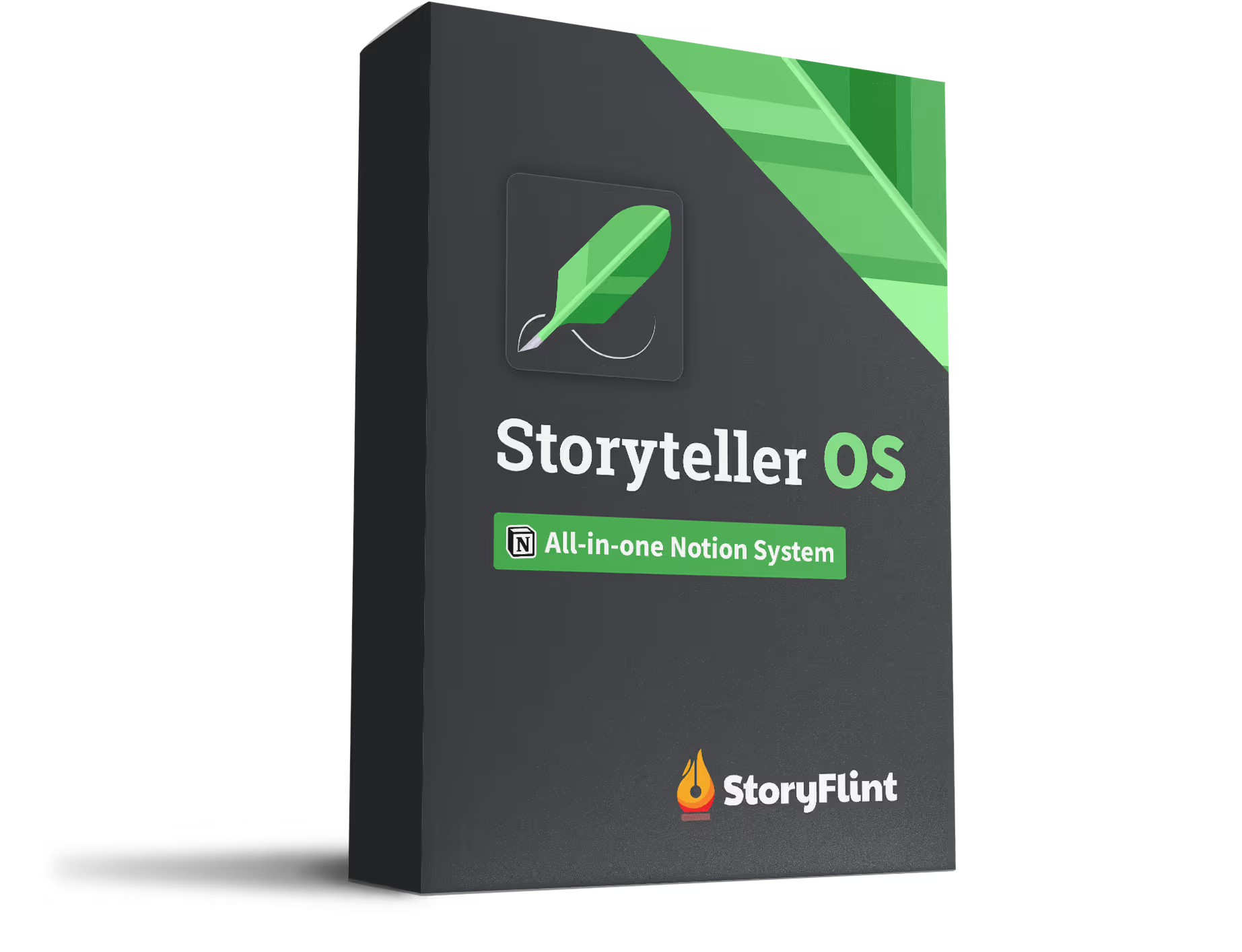Why Some Stories Drag (and How to Fix It)
Ever start a book or movie where the first 10 minutes are great—but then it feels like you’re just wading through?
It’s not because "nothing is happening." It’s because things are happening without impact.
That’s where the Domino Effect Framework comes in.
It’s a simple shift that can make your story feel sharper, faster, and more addictive—without tacking on cheap action scenes.
What Is the Domino Effect Framework?
Think of your story like a long line of dominoes.
Every scene is a domino. Every action tips into the next. Every choice leads to a new consequence.
If you remove one domino, the whole pattern changes.
If you don’t? You’ve just got a bunch of dominoes standing around looking pretty—but nothing's moving.
That's what happens when scenes exist for vibes, but not for cause-and-effect.
How to Build Domino-Effect Scenes
Here's the trick:
At the end of every scene, ask yourself two questions:
- What changed?
- How does this force the next scene to happen?
If you can't answer those easily—the scene might be dead weight.
A domino scene forces movement. It doesn’t just "set up" the next moment. It triggers it.
Why This Framework Works (Even for Slow Stories)
You don't need constant explosions to keep an audience glued.
You need cause and consequence.
Even in a quiet character drama, Domino Effect scenes matter. Because the emotional stakes rise. Because every small choice tightens the screws. Because it creates that "I need to know what happens next" feeling—without cheap cliffhangers.
Quick Example: The Domino Effect in Action
Let’s say your character lies to a friend to protect them.
That friend then makes a huge mistake because of the lie.
Which forces your character to double down.
Which causes the friendship to crack.
Which pushes your character to finally confess.
Which leads to a fallout that triggers the climax.
One decision. One push. One tumble of consequences.
Without the original lie, none of the final scenes even happen.
Stop Treating Scenes Like Episodes
Scenes shouldn't be self-contained "cool moments" that could be rearranged like a Spotify playlist.
They should feel inevitable—and irreversible.
If you can move a scene around without affecting the others, your dominoes aren’t touching.
Lay them closer. Tip them harder.
Want More Tricks for Making Your Story Flow?
Check out this guide on mastering scene structure.
It pairs perfectly with the Domino Effect Framework—because when you know how to build a strong scene, you know how to build unstoppable momentum.
And that’s how you go from "this is fine" to "I couldn't put it down."




